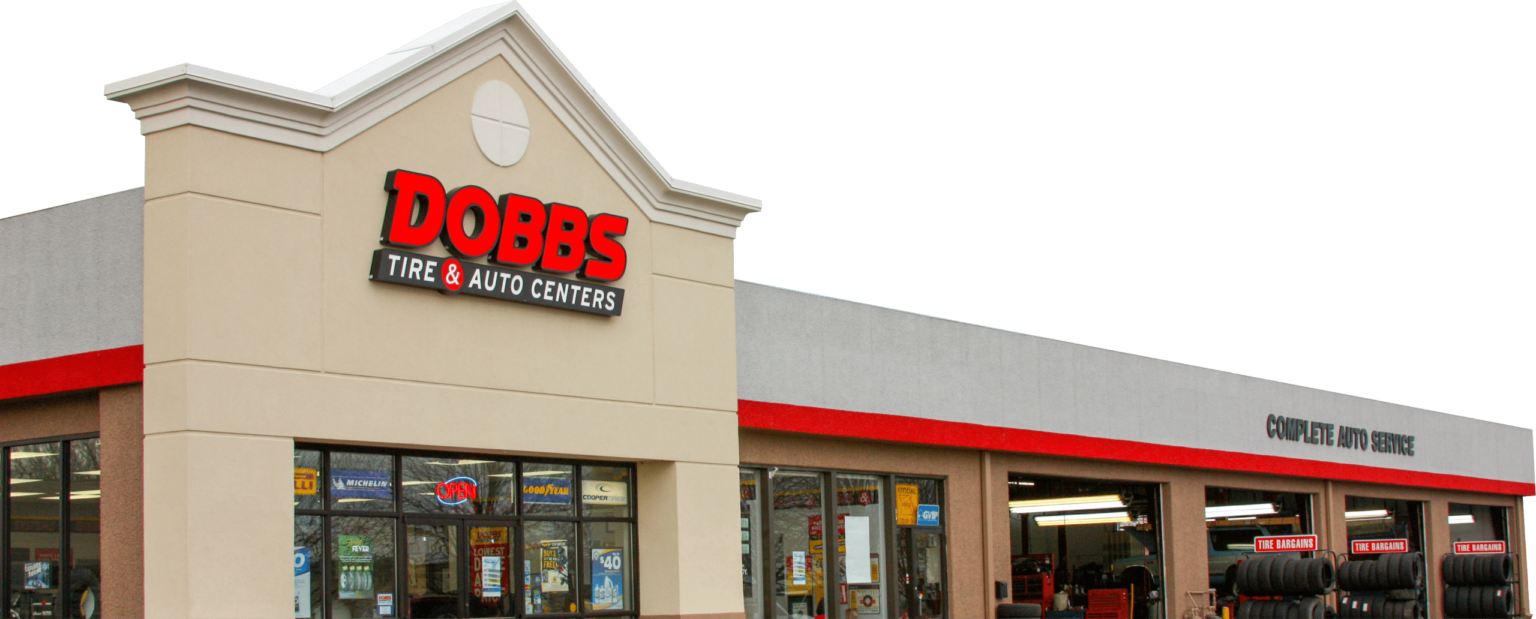Thermostats
What are Thermostats?
Engine cooling system thermostats perform a function similar to home thermostats. When the engine is cold, the water pump circulates engine coolant only within the engine. As the engine coolant absorbs heat from the cylinders, it eventually reaches whatever temperature the automaker has set for efficient operation.
At that point, the thermostat, a heat-sensitive valve, opens to allow heated coolant out of the engine circuit and into the radiator circuit. Cooling system hoses carry hot engine coolant to the radiator, where it releases much of that heat to the air. Cooled coolant returns to the engine via another cooling system hose.
Because thermostats are heat-sensitive, they open and close automatically and variably, depending on how much heat is produced in the engine. Depending on engine design, thermostats can be located almost anywhere on the engine, but are usually fairly accessible, in case of failure.
Why are Thermostats Important?
Thermostats are critical to engine performance and fuel economy, as they maintain engine operating temperature within the range necessary for efficient fuel vaporization, so the engine can extract the most power per drop of fuel. Too cold, and the fuel won’t vaporize as easily, leading to losses in performance and increased fuel consumption. Too hot, and fuel vapors could spontaneously combust, leading to engine ping, detonation, and possible engine damage.
Because thermostats are under constant thermal stress, they can fail in one of two ways. In the first failure scenario, the thermostat’s metal cage breaks, keeping the valve partially or fully open all the time. This isn’t dangerous, but the engine might not reach operating temperature, leading to performance losses, increased fuel consumption, and lack of cabin heating in cool weather.
The second way thermostats fail is in the thermally reactive mechanism, usually caused by leakage of the thermostat cup. Under normal circumstances, heat would cause the wax to expand, pushing a small piston and opening the valve, but if the wax leaks out, it won’t move the piston. This is a critical failure, because coolant won’t flow through the radiator, which could lead to engine overheating and damage in a short time.
What can Dobbs Tire & Auto Centers Do for You?
Not all vehicles are equipped with a temperature gauge in the instrument cluster – some only have an overheat warning light – but paying attention to how your vehicle is running, including listening to the engine and tracking fuel economy, could reveal cooling system problems, such as a failed thermostat. The ASE certified technicians at Dobbs Tire & Auto Centers, 43 across St. Louis, know cooling systems and thermostats. Fortunately, thermostats aren’t particularly expensive, but they are important to your vehicle’s short-term running and long-term reliability. Stop in, today, for a comprehensive cooling system analysis.
“You Can Depend on Dobbs” – Dobbs Tire & Auto Centers, Home of the Fixed Forever Service Warranty. Locally and Family Owned Since 1976
